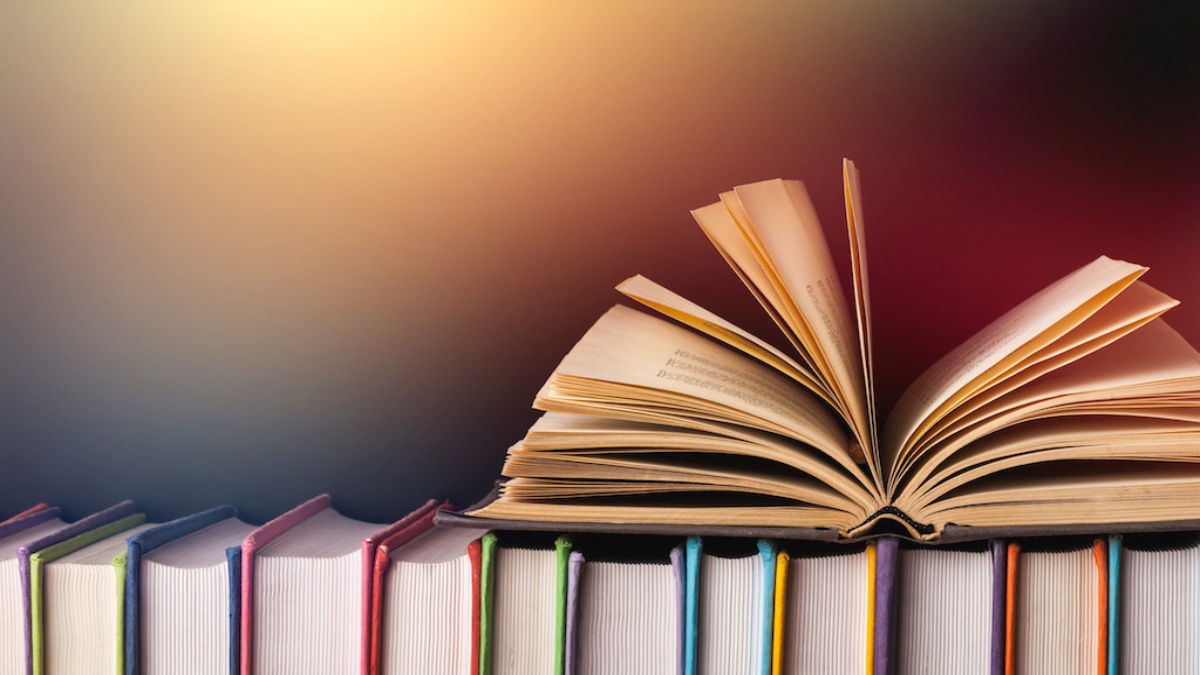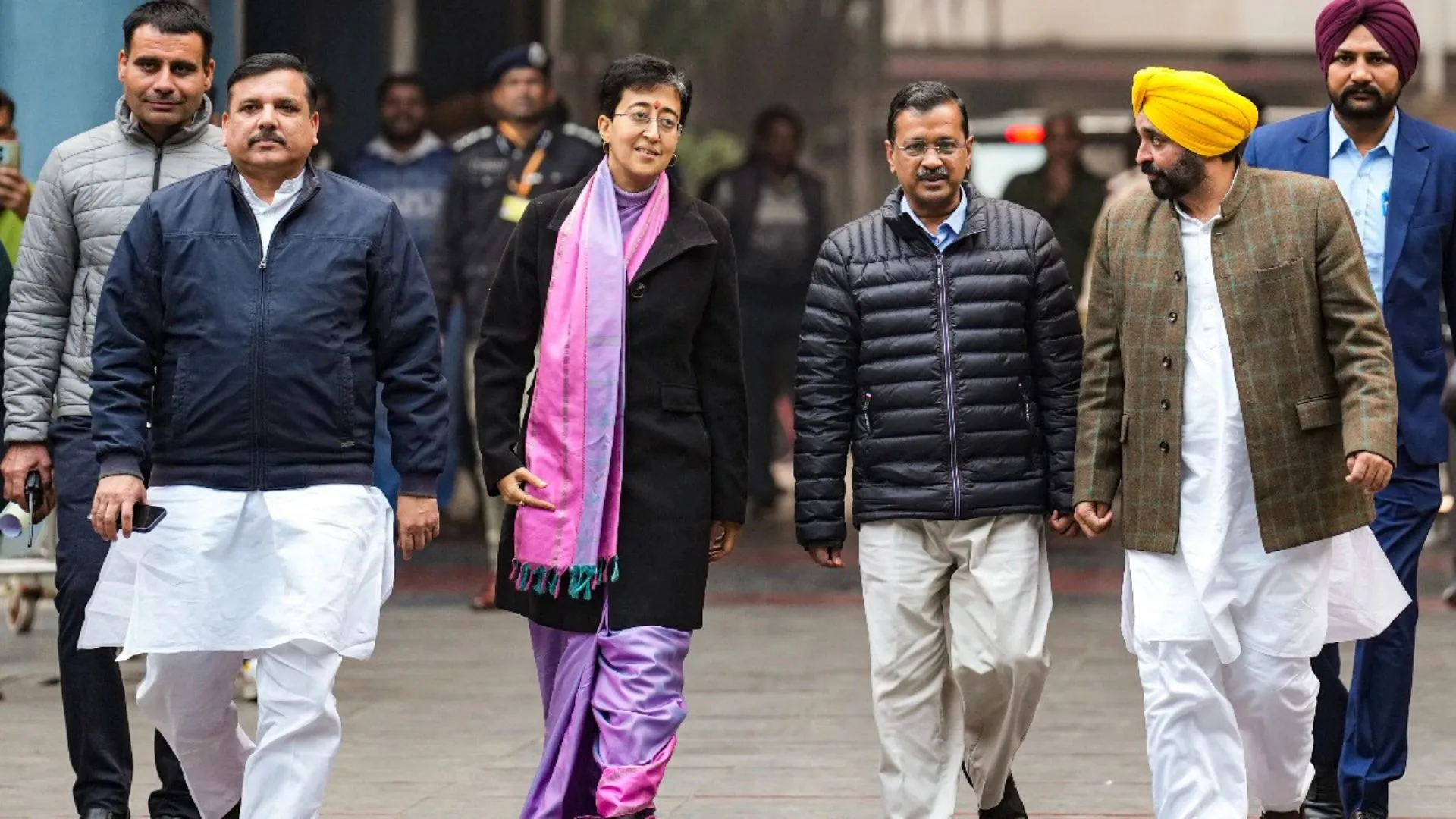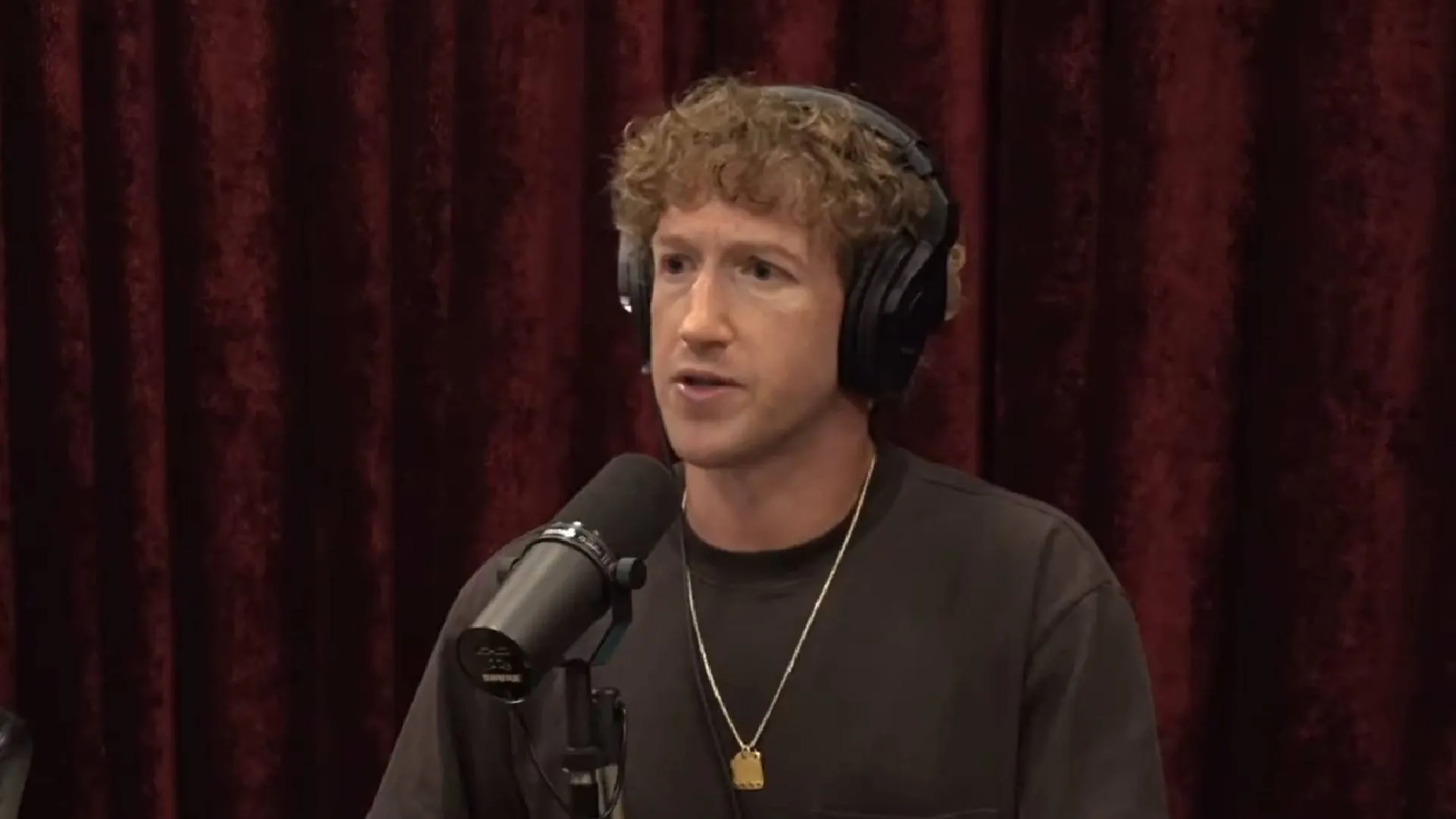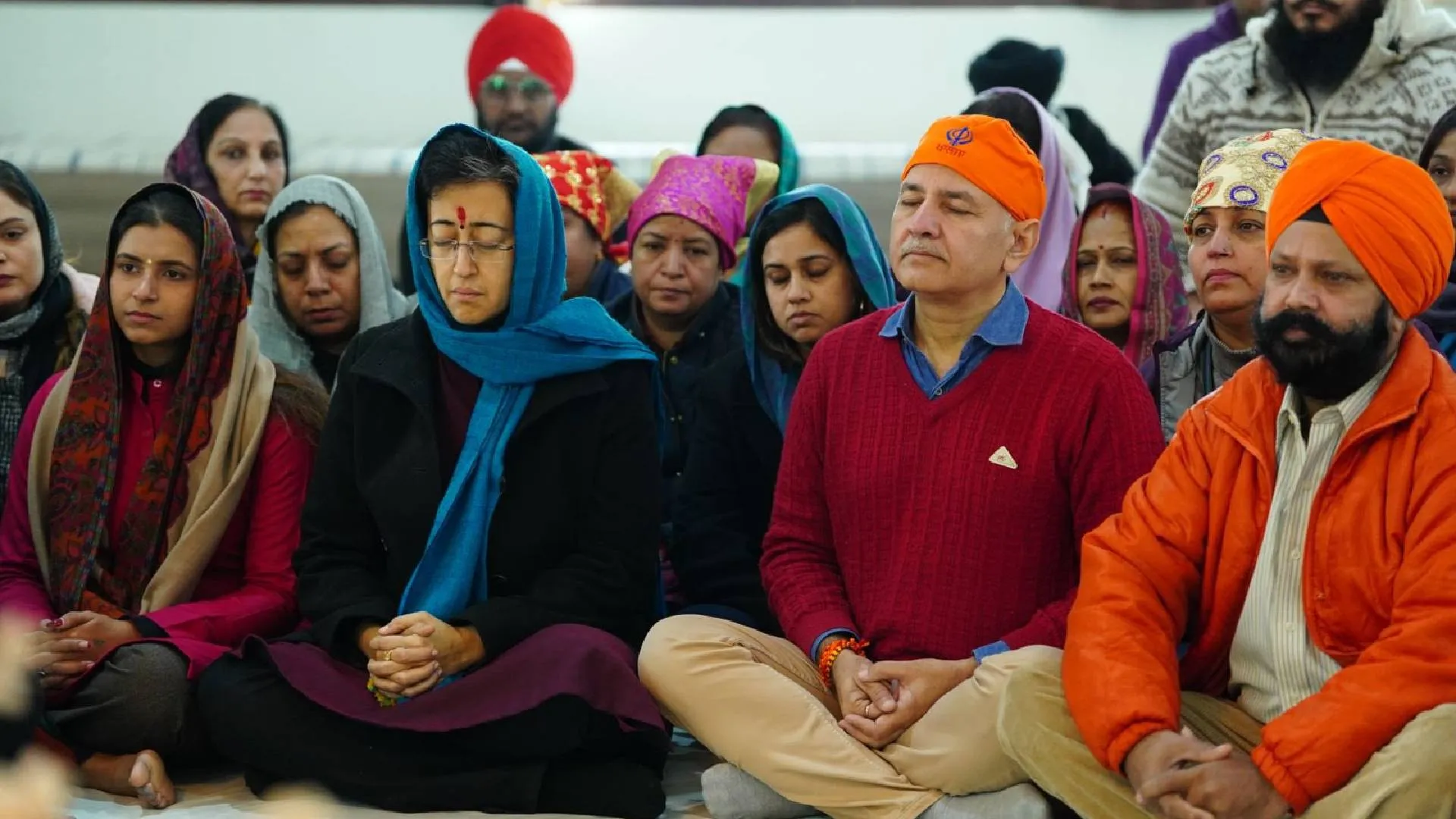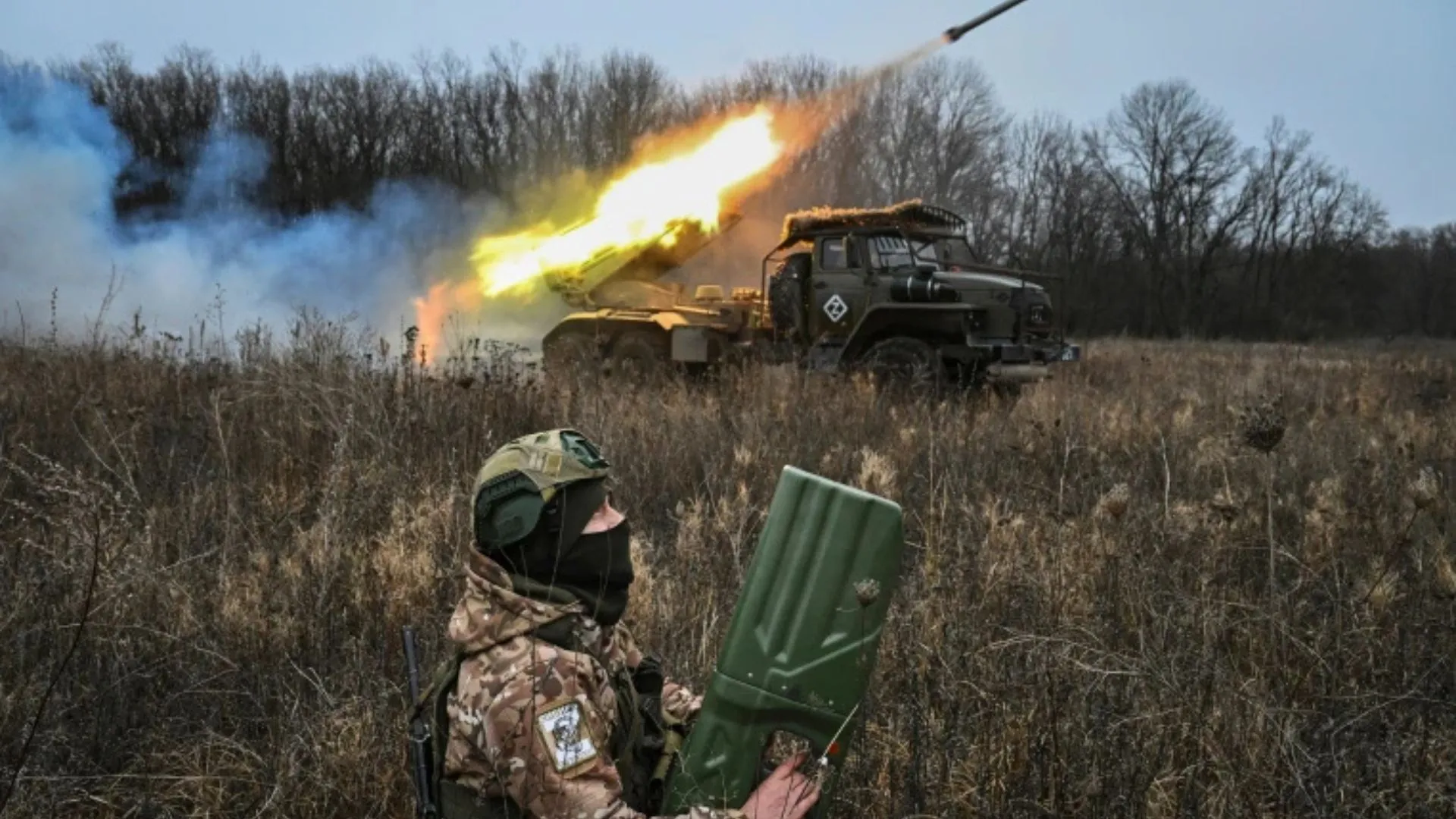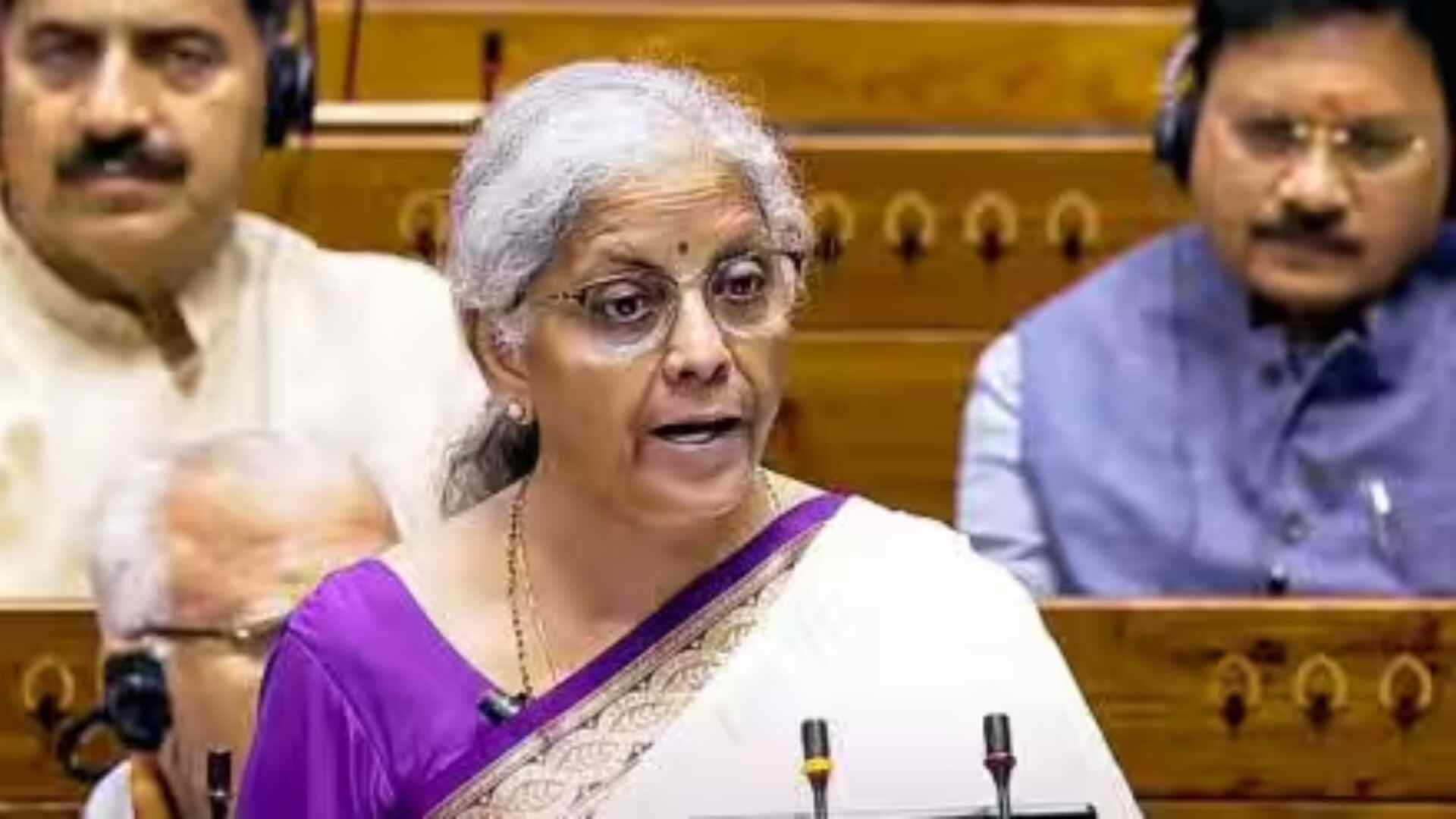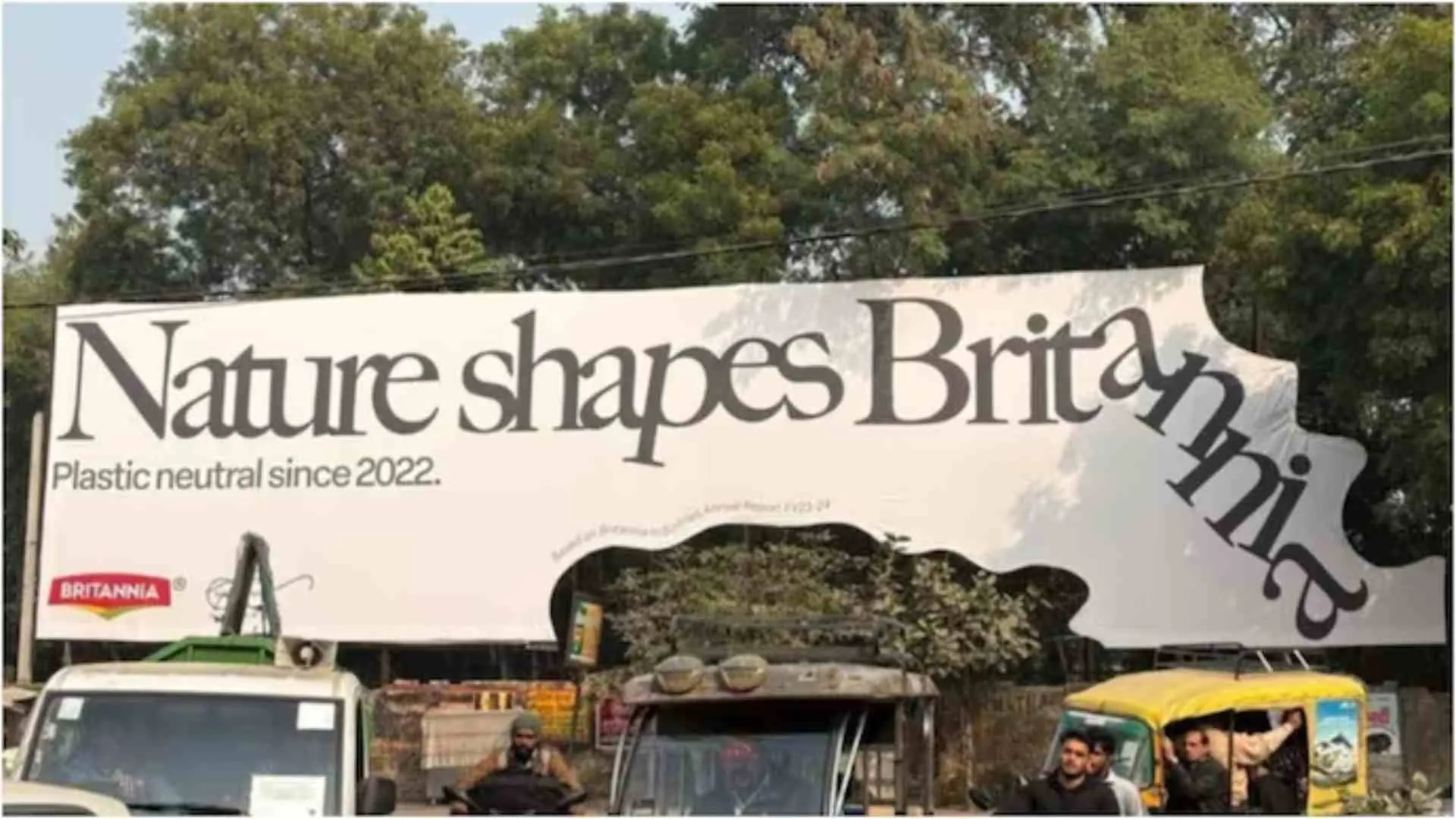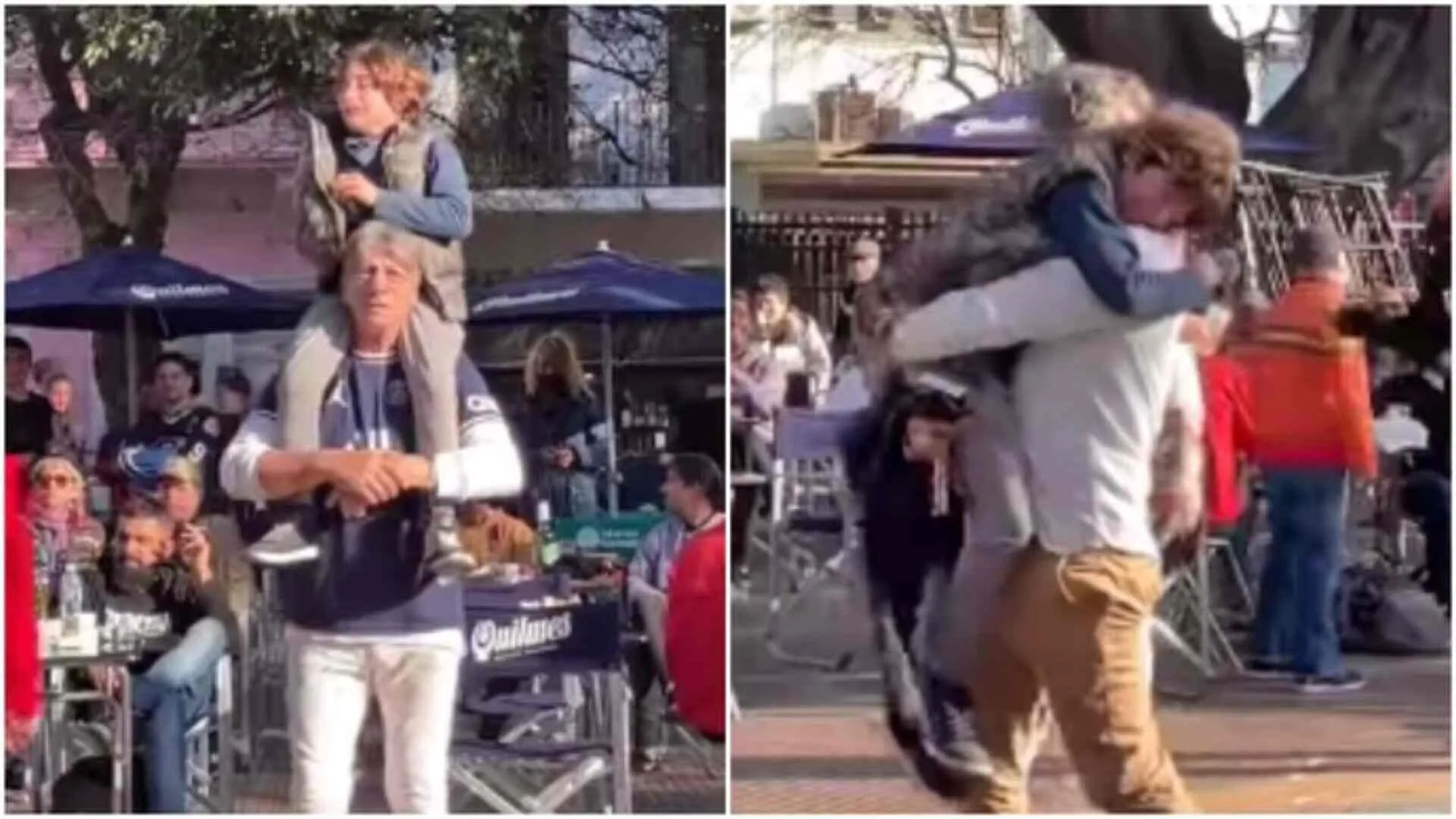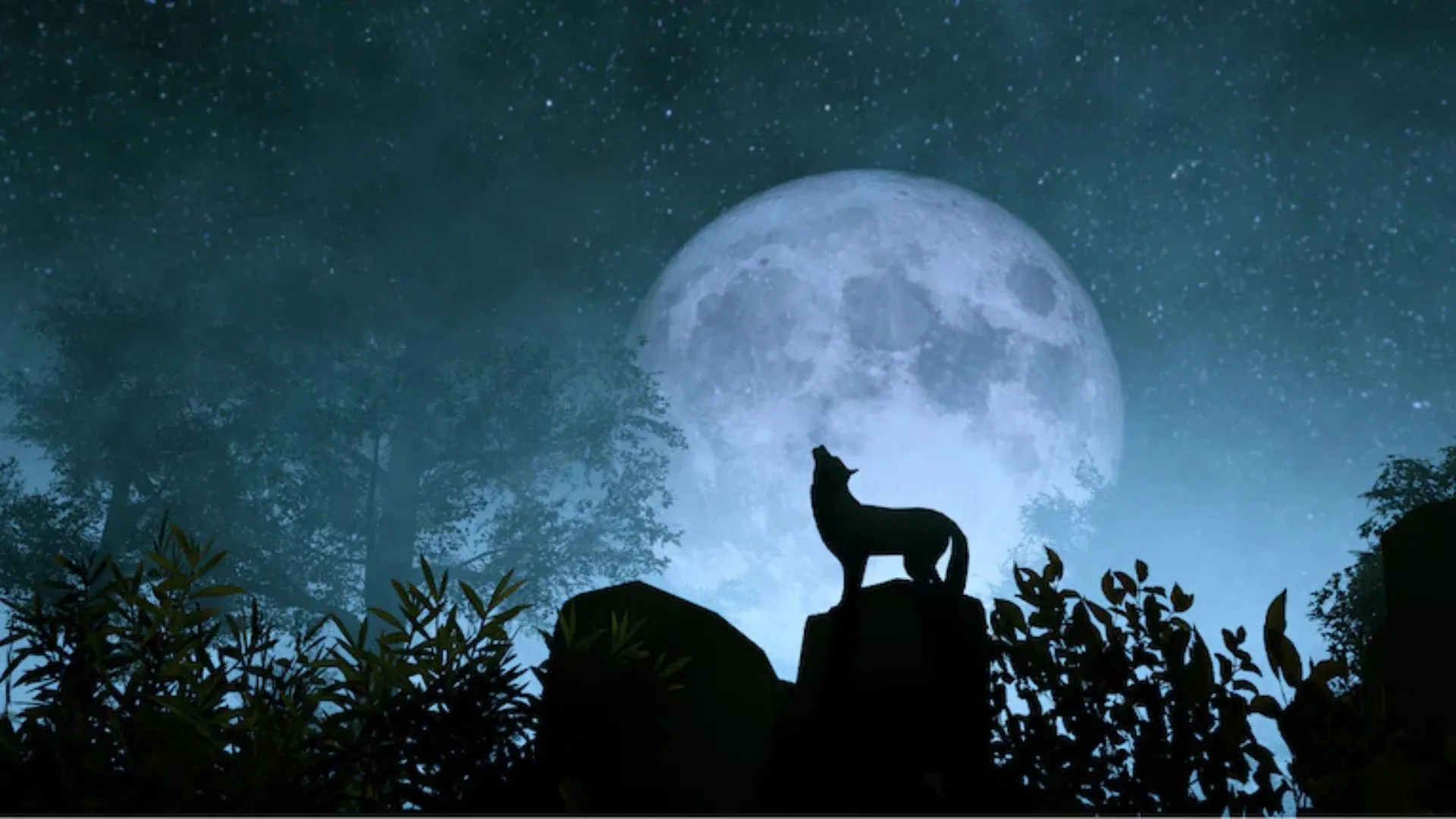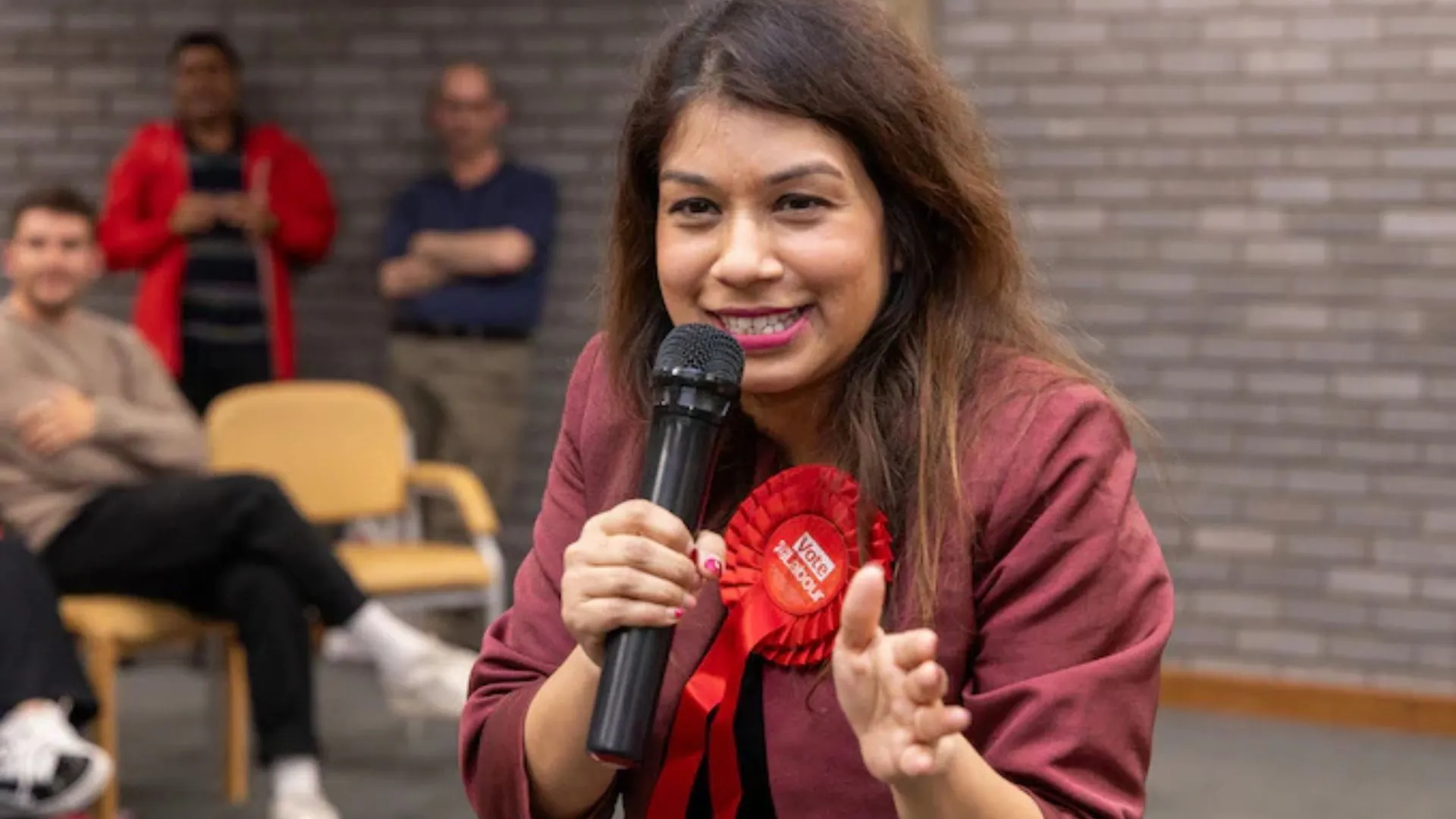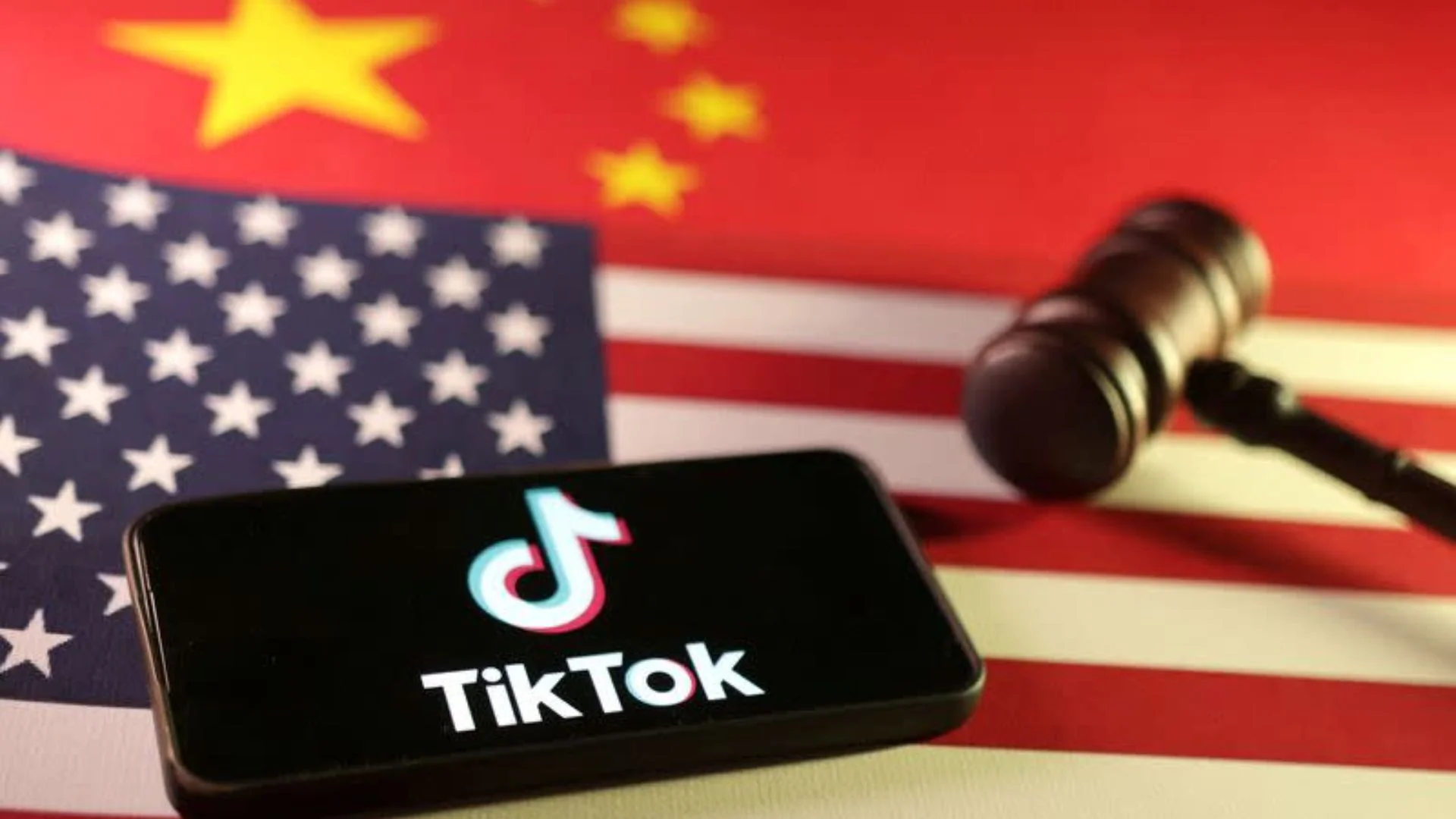Studies have shown that children by age 2 start to develop beliefs about gender, including stereotypes that boys are better at math or girls are better at reading.
Children’s interactions with and observations of adults have been cited as the sources of these beliefs. However, a new study published in the journal Psychological Science examines a different, potentially under-recognised source of gender stereotypes and associations, popular children books.
Researchers found that storybooks contain many words that adults consider to be gendered and likely contribute to gender knowledge.
“We found that many popular books often read to young like Curious George and Amelia Bedelia, contain rich information about gender that is presented in subtle ways,” said Molly Lewis, a researcher with the Department of Psychology at Carnegie Mellon University and lead author of the study. “In some cases, the stereotypes in these books were stronger than in books targeted at adults.”
Previous research on children books and gender stereotypes has relied mostly on content analysis. Lewis and her team took a different approach. They collected a corpus of 247 books commonly read to children ages 5 and under and asked adults to rate on a 5-point scale how strongly the words in the books’ text were associated with masculinity and femininity. An overall gender bias score was calculated for each book.
Books with the highest feminine-bias scores included Chrysanthemum, Brave Irene, and Amelia Bedelia, according to the study. Those with the highest masculine-bias scores included Curious George, Dear Zoo, and Goodnight, Goodnight Construction Site. The Polar Express, In the Night Kitchen, and Hippos Go Berserk were rated as “neutral.”
The researchers also used “word embedding’s,” a machine learning method, to measure words’ gender associations beyond the adults’ ratings. This approach identified patterns in gender-related “word neighbours,” which are terms that typically appear together across large bodies of text, such as “merry” and “Christmas” in American English.
The analysis showed that children books vary widely in the number of gender associations they contain, from strongly male to strongly female. “We found that books that we estimated to be gender-biased based on adult judgments also tended to be biased when we used this automated method,” Lewis said.
“This is important because it suggests that some of the gender associations that emerge in adulthood begin to appear in the statistics of children texts and could potentially be learnable from exposure to children books.”
Machine learning was also used to examine whether gender stereotypes that social psychologists have uncovered in past behavioural experiments also appeared in children books.
“For instance, we found that the statistical patterns of words in these books reflected the stereotype that boys are good at math, while girls are good at reading,” Lewis said.
“Another unexpected result was that children tended to be exposed to books that conveyed gender stereotypes about their own gender girls tended to be read books about girl characters; boys tended to be read books about boy characters,” Lewis said.
“These findings are important because they suggest that books may be inadvertently teaching young children about gender stereotypes.”

